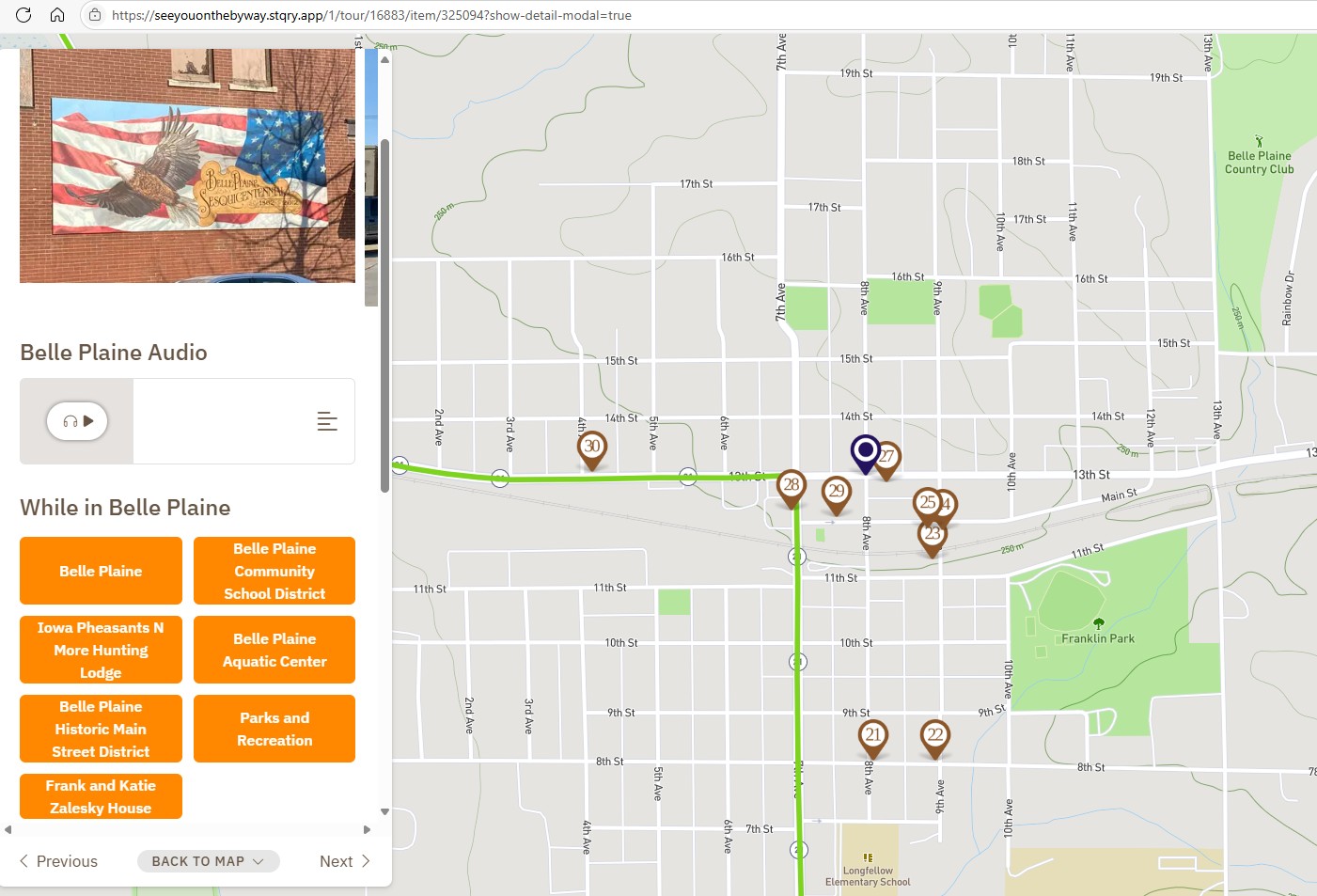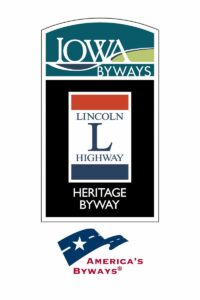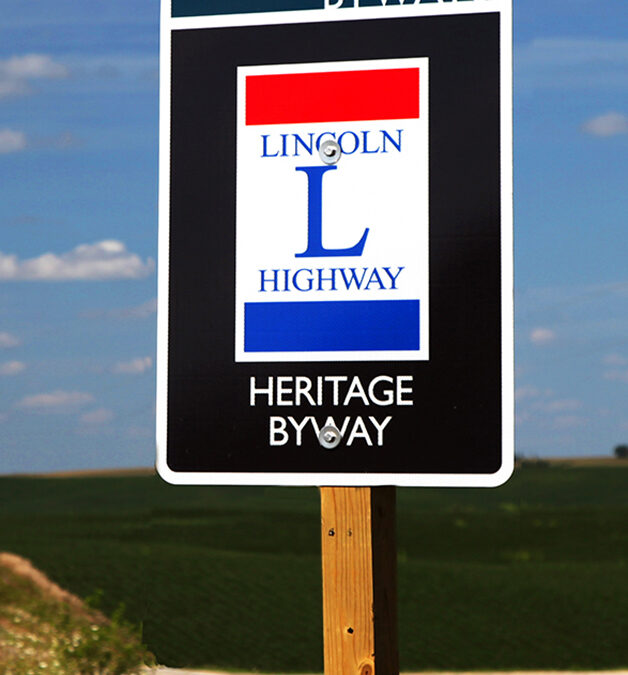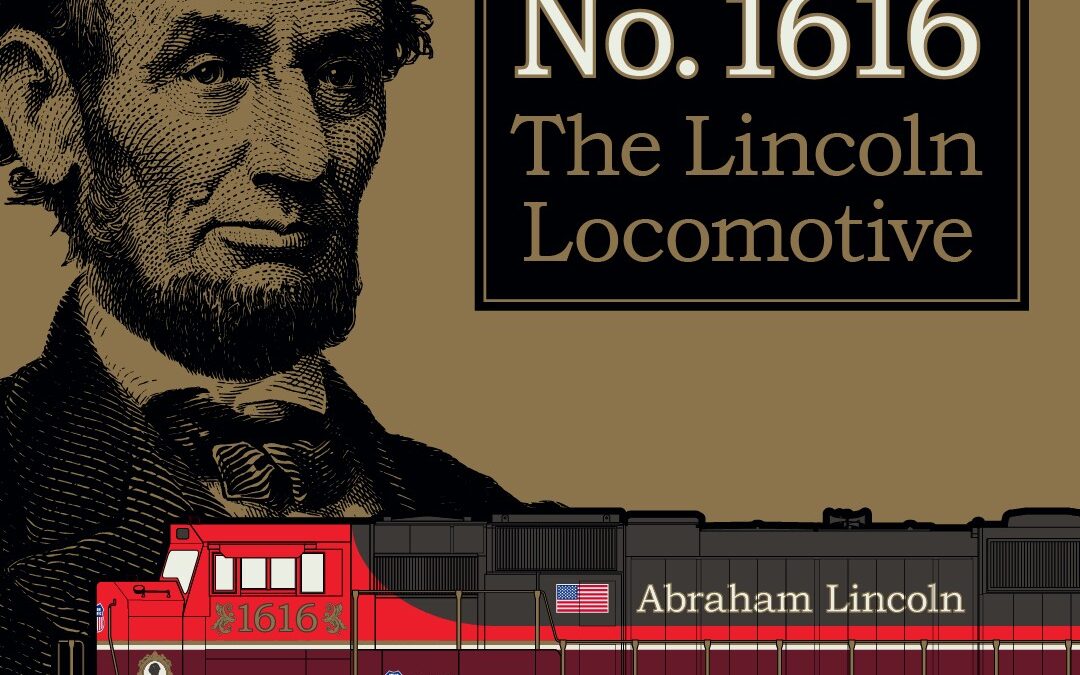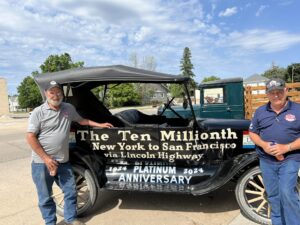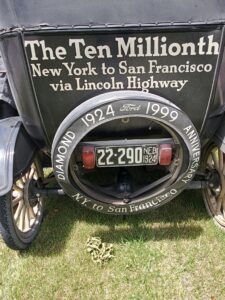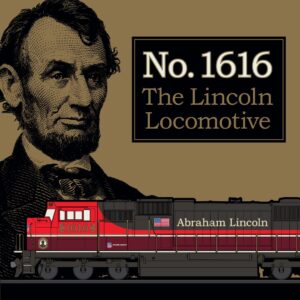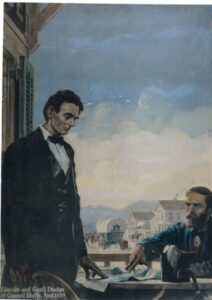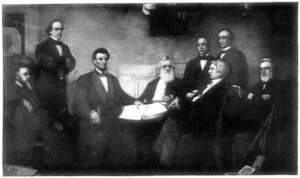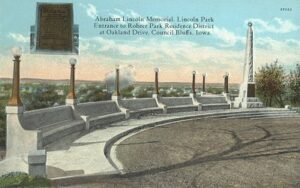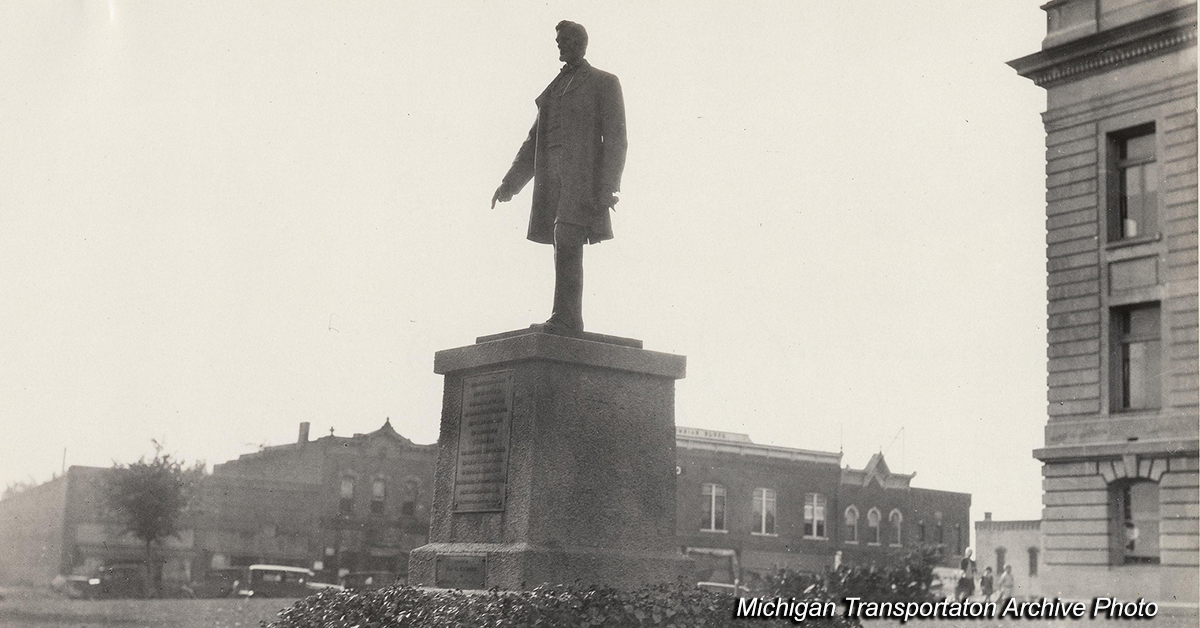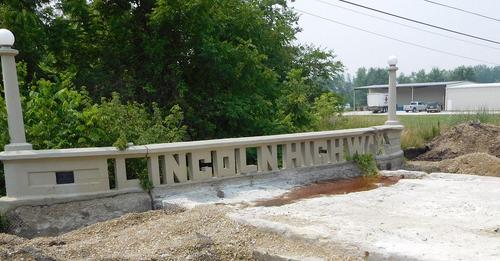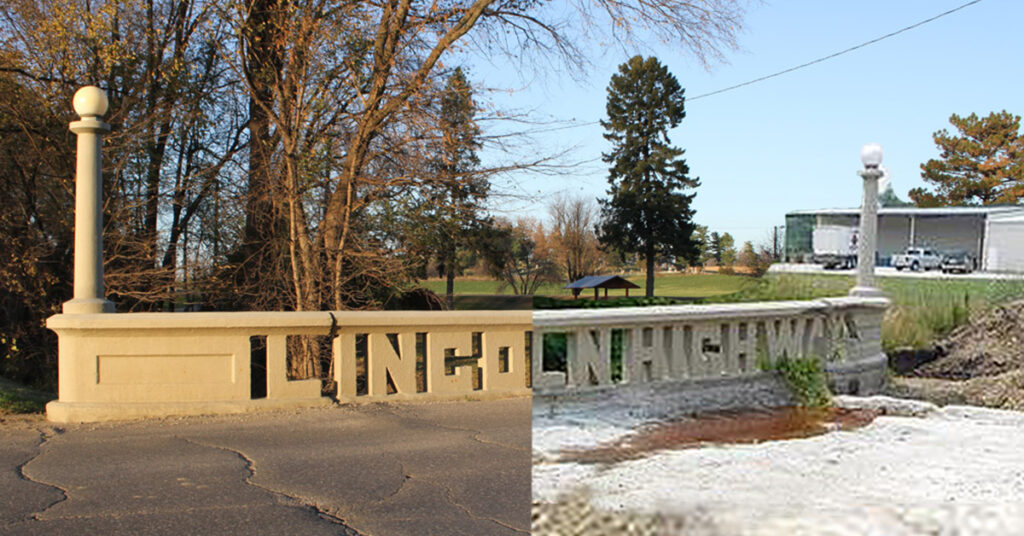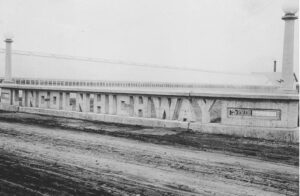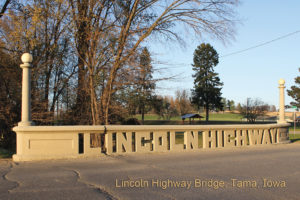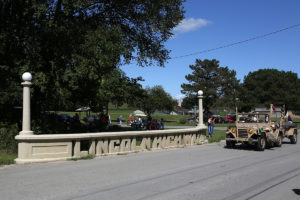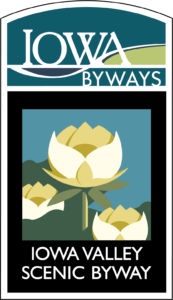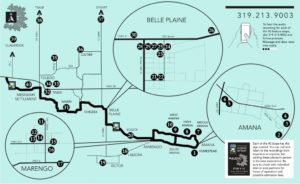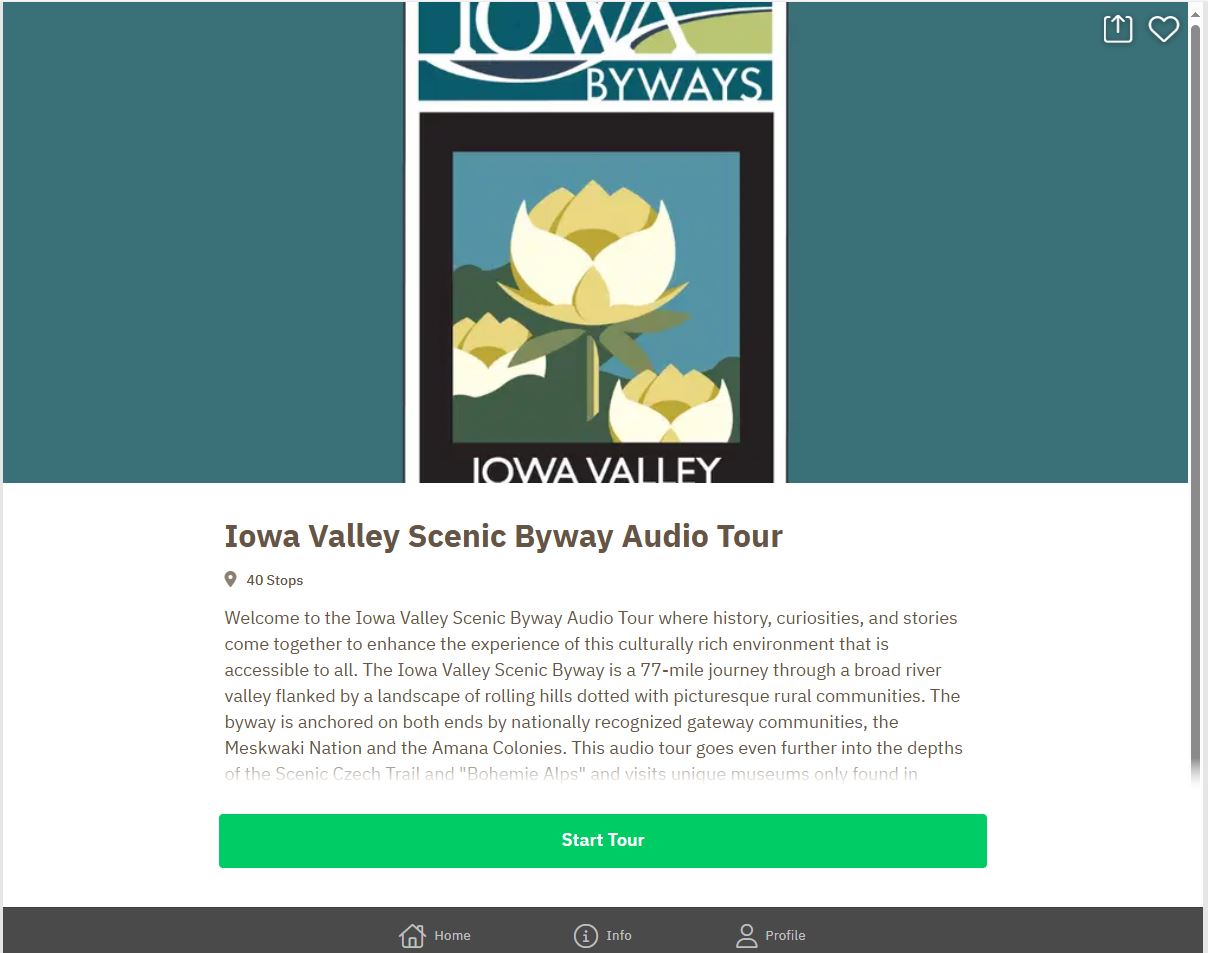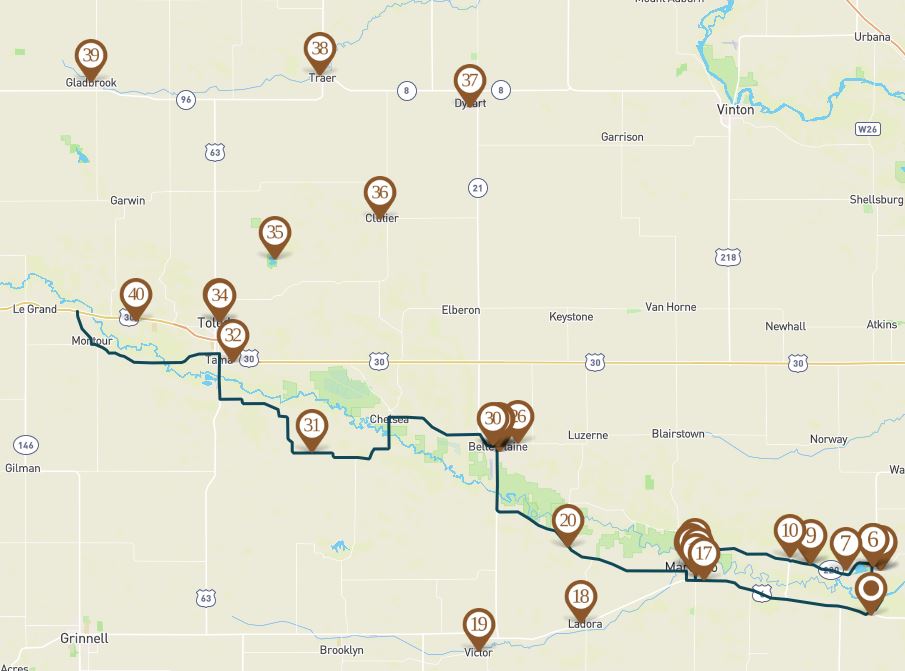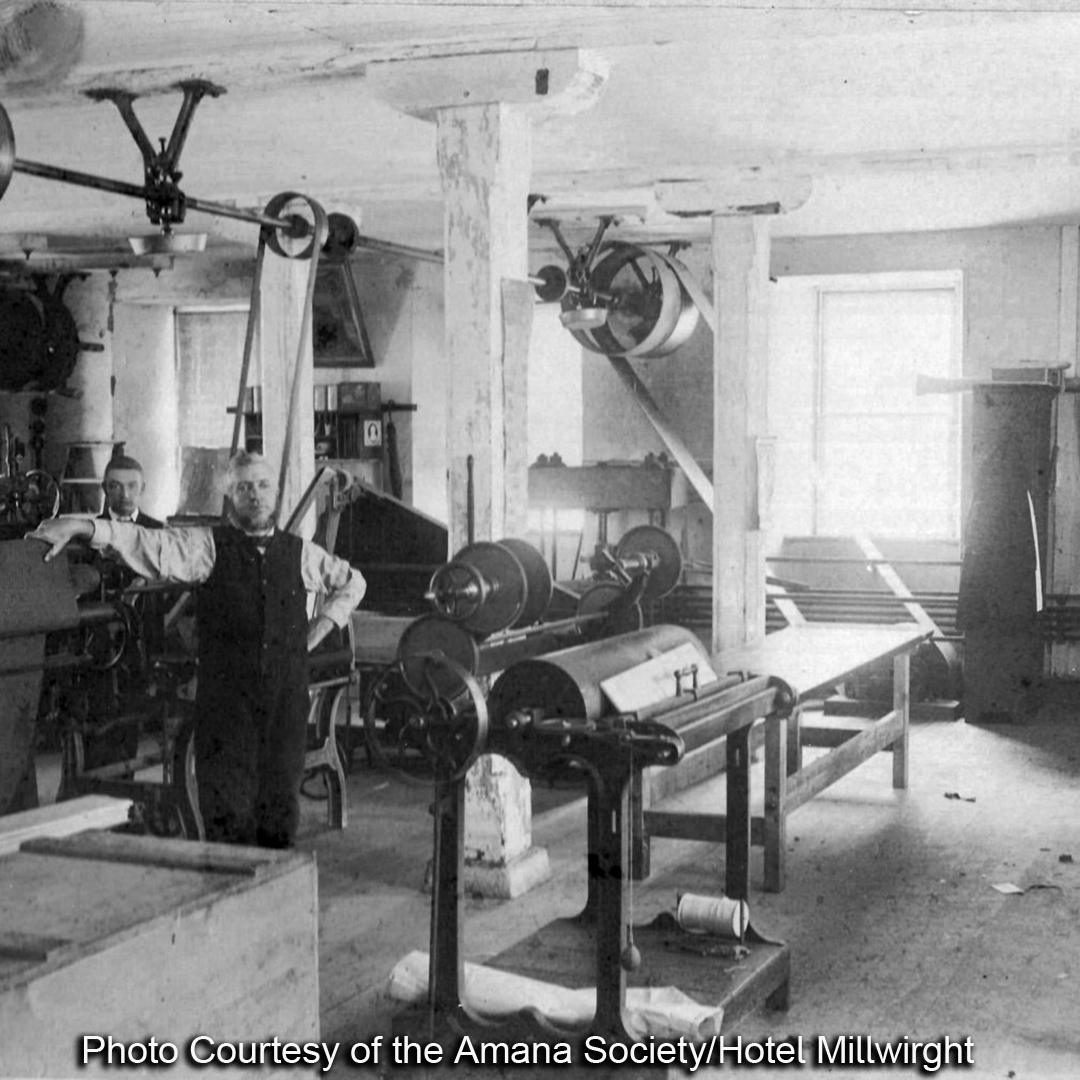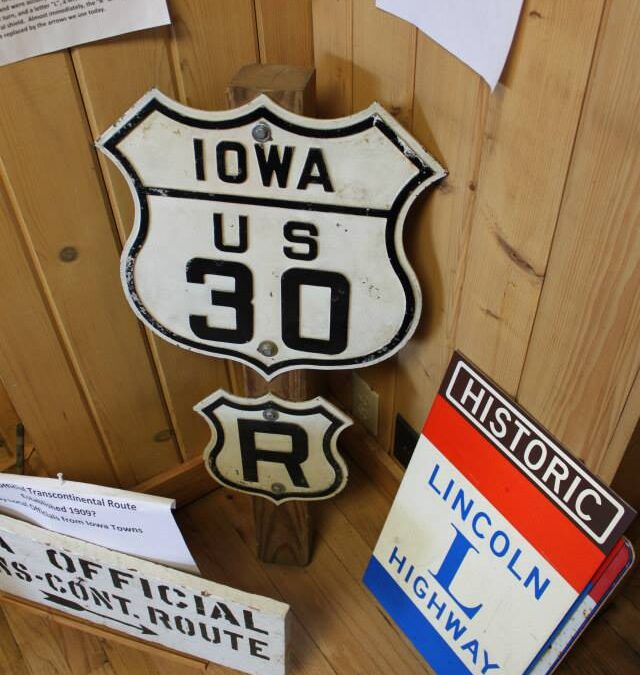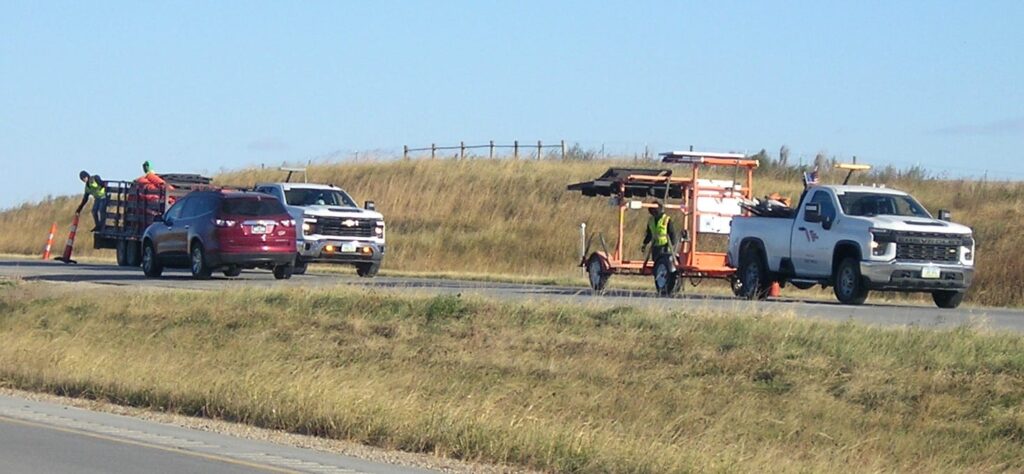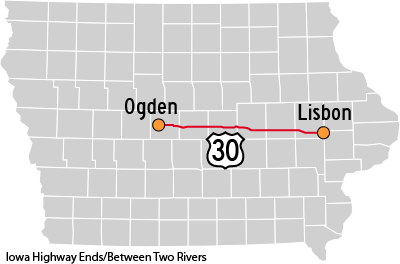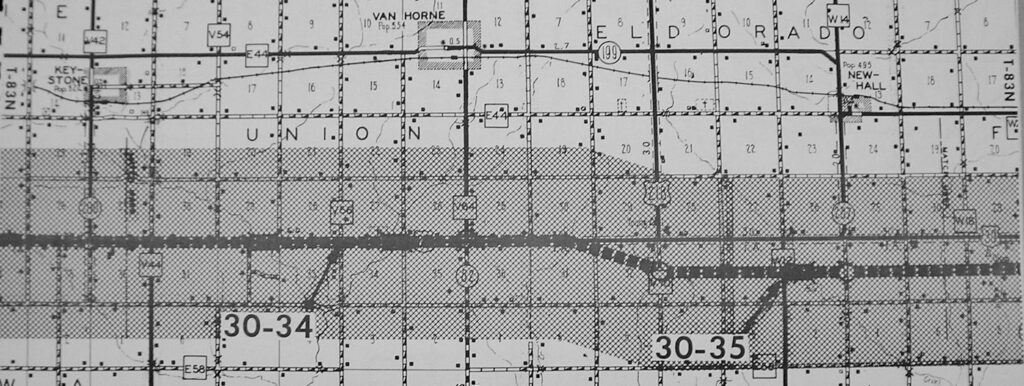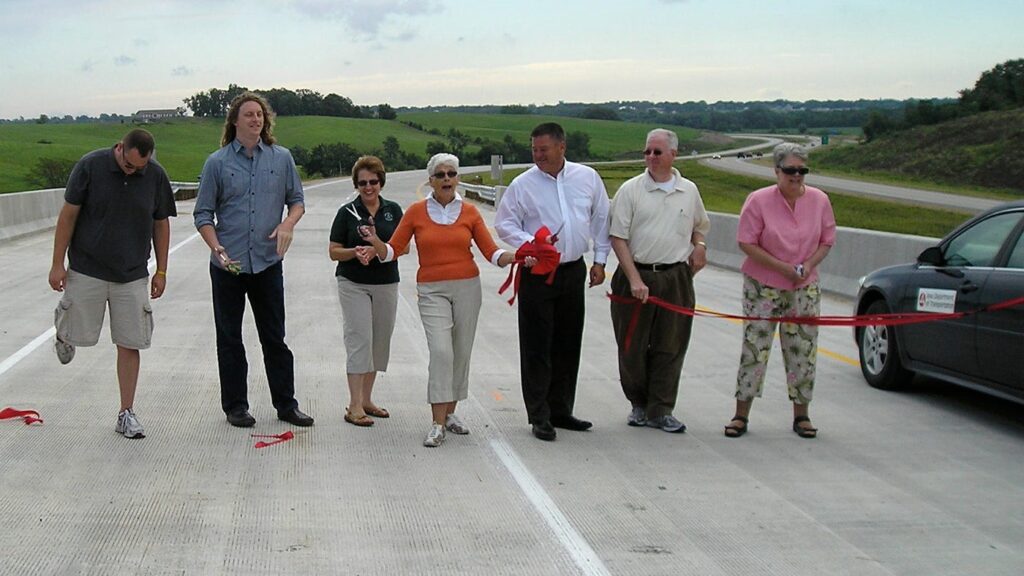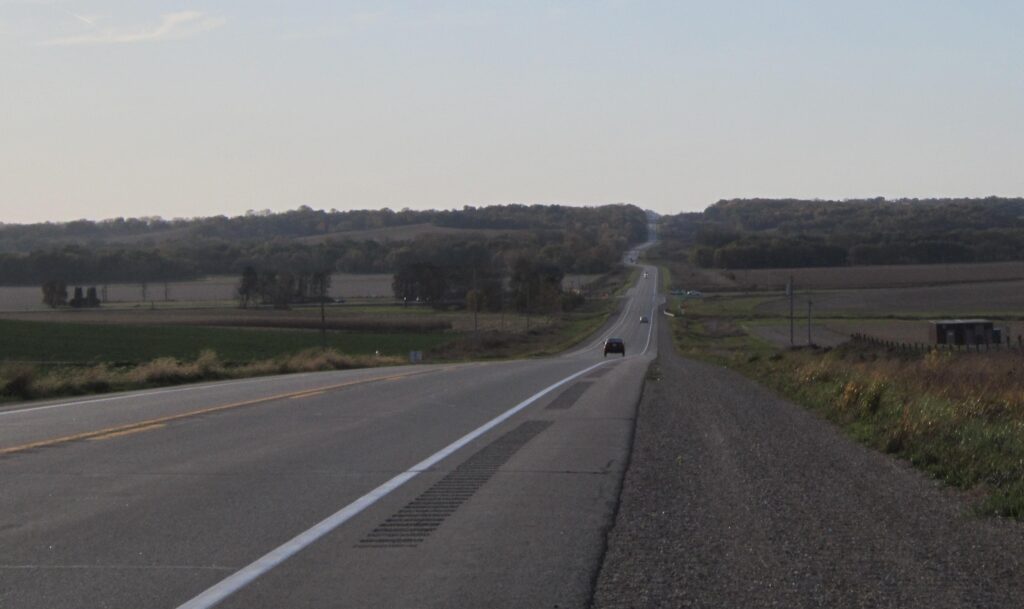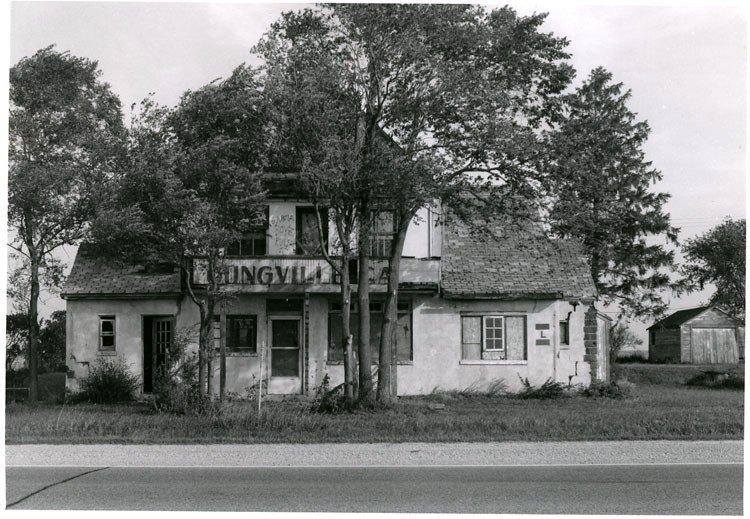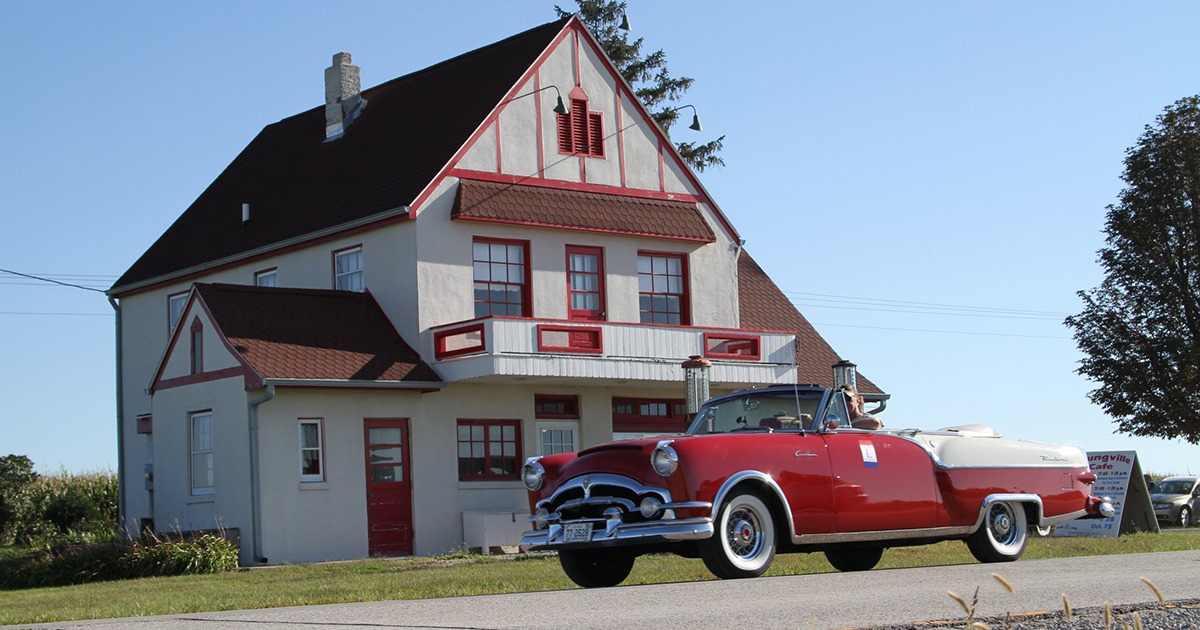
Catch up on the Byway Buzz
Hello byway travelers! You may be wondering where we have been (unless of course, you follow the “Where Was I on the byway” series on social media).
We have been very busy in the byway department. Our former Lincoln Highway Coordinator and now Special Projects Consultant, Shellie Orngard, finished a two-year study on historical structures in the Lincoln Highway Corridor.
“Many historic properties have been lost over the years, and it is critical that this work be undertaken to avoid losing more… Surveys are a point-in-time snapshot of properties and to ascertain their preservation needs. The end product provides information gathered and includes recommendations for preservation.”
The project was funded in part by the State Historical Society of Iowa, Historical Resource Development Program.
The Survey of National Historic Register Sites, Lincoln Highway Heritage Byway, Iowa; Final Report, prepared by Shellie Orngard is available now on our website.
We were fortunate to have a student working with us the past several months and we kicked out some “to do” list items.Our student spent time editing a new series, “Tales on the byway.”
This is an oral/video history project we are experimenting with to record conversations with people who have lived and worked along the Lincoln Highway Corridor. The video was recorded for the Colo Historical Association and will be played at the Reed Station Museum during open hours.
The Iowa Valley Scenic Byway Audio Tour App is something we have been spending time getting up and going, and learning about future capabilities. We needed to change the name and online location of the App so that we can expand with future tours featuring recreation areas and the Lincoln Highway once funding can be secured. The new location is: https://seeyouonthebyway.stqry.app.
Be sure to use the share icon (square with an arrow) to choose “save site to home screen.” We continue to make changes and updates to the app as we gather updated information, photos, and links. A great new “Quiz” section will be added in the coming months.
“Where Was I on the byway” continues to be the Lincoln Highway Byway theme for Wednesdays on social media and we have added a series to the Iowa Valley Scenic Byway called, “Where Was I on the App”. This series encourage exploration of the App, the audio tour, and ultimately to visit the communities.
We made much-needed route updates in our source map for the Lincoln Highway Heritage Byway. Recently, the Iowa Department of Transportation completed the Hwy 30 four-lane from Lisbon to Ogden. With this construction, there were a few changes with how the Lincoln Highway enters and exits the four-lane. We are patiently awaiting new signs to complete the sign updates in Lisbon, Chelsea, and the Ralston Corners area where the route was incorrectly signed several years ago. Continue to reference the Lincoln Highway Map until we can update these sign inconsistencies.
Speaking of road construction (after-all it is spring in Iowa), we have just linked a map to our Lincoln Highway Heritage Byway website that has most of the summer/fall road construction locations marked along our updated route. We have been experimenting with the My Google Maps and trying to see how we can add information with a limited number of layers, so note that the layers in this map are still a work in-progress.
Those are the highlights of what the byway team has been up to since January. We continue to be involved with the Reed-Niland Corner’s progression with developing preservation guidelines and the development of the Reed-Niland Corner non-profit. We are working with the City of Tama regarding the Lincoln Highway Bridge. An alternate vehicular route has been constructed around the bridge. We need an inspection to move forward.
June will keep us busy again with the Preserve Iowa Summit, where Shellie and Jeanie will be a part of the round-table presentations and discussion on June 7th.
We are looking forward to the Lincoln Highway Association’s Middle Third Tour through Iowa, June 19th-21st, with overnight stays in Cedar Rapids and Ames.
We will be hosting a viewing of the Iowa PBS Road Trip Iowa Lincoln Highway episodes on June 19th at the Clinton Area Showboat Theatre with special guest, Kelsey Kramer. Kelsey is the producer of the eastern Iowa episodes. This event is FREE to attend and is open to the public. Shows begin at 9:30 with a discussion with Kelsey to follow.
Also during the tour, the Iowa Lincoln Highway Association President, Mary Preston, will be at the Cedar Rapids evening Tour stop and Joyce Ausberger is hosting lunch at the Lincoln Highway Museum on June 21st. All are welcome to travel along; only those on the tour can attend meals.
And then it is off to Ogallala for the Lincoln Highway Association Conference, where we will be taking the traveling exhibit, “Promise Road, How the Lincoln Highway Changed America.”– There is still time to register!
And with that….I will see you on the byway!





